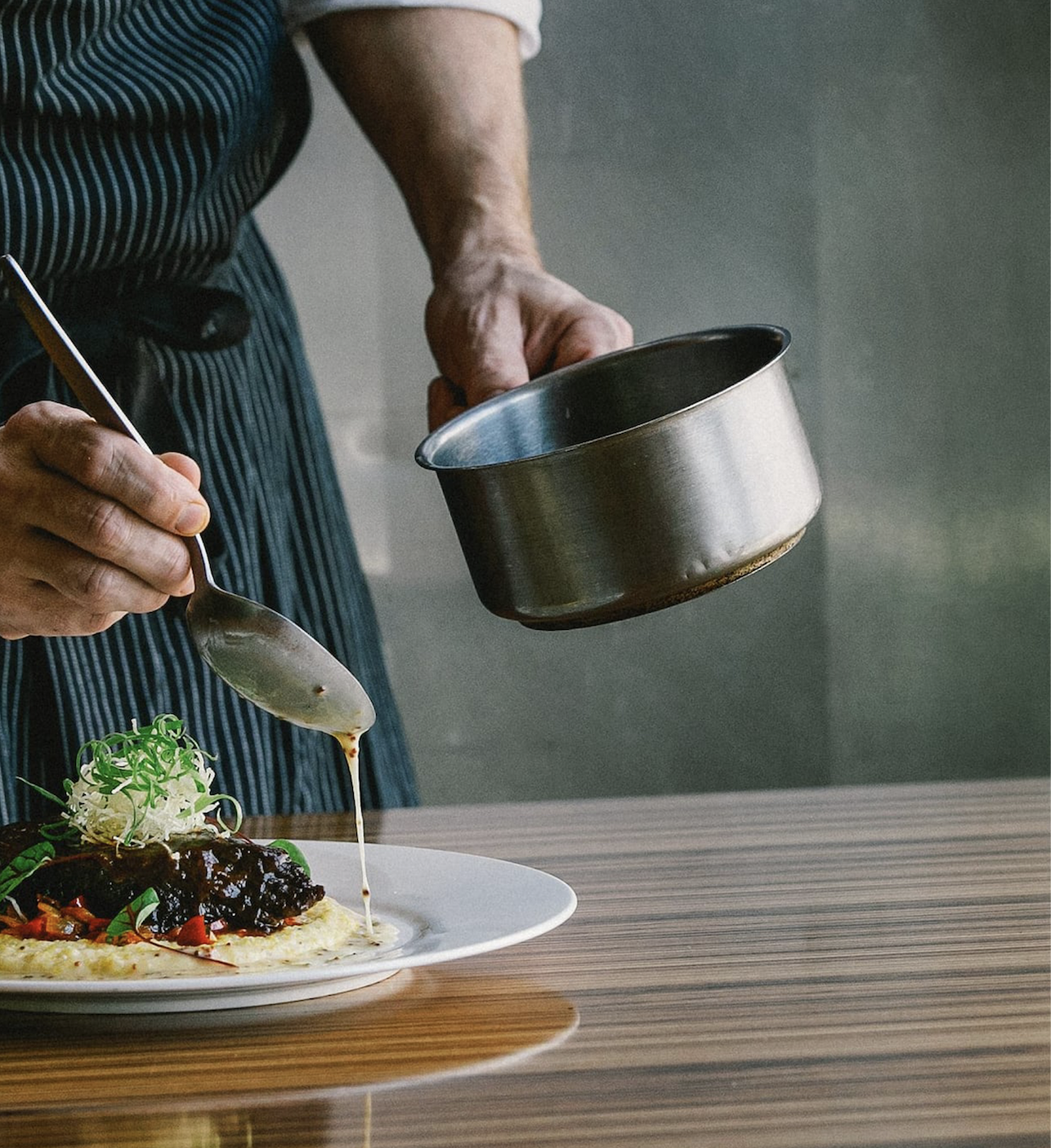
The hospitality and eatery sector will lose roughly £30bn in revenue throughout 2021, equating to 70% of its 2019 revenue levels, say to a new report released.
The “Rebuilding of Hospitality 2021 to 2025” report that has been produced by Simon Stenning, leading sector analyst and founder of FutureFoodservice, and he has forecast that the hospitality sector, in 2021, will only hit £69bn, which is about 70% of its comparable 2019 revenue.
The 2020 figures revealed that the industry dropped to roughly £51bn in total revenue, down from £98bn in 2019 which was not as much as was feared to this who managed to make a more digital and delivery styled migration.
The detailed, 100 page plus report states that the forecast for the period of 2022 through 2025, implies that the industry will rebuild slowly but surely, with a 93% income in 2022 compared to 2019 with total sales reaching £91bn. The total loss of revenue between 2020 to 2025 is expected to be £132.9bn
Following an analysis of the restaurants and casual dining sector revealed a 21% fall in the number of establishments that were able to continue relative trade in 2020, with 50 if the industries largest brands dropping workers permanently from 3,706 to 2,935, in respond to both re-structurings and CVAs all linked to the pandemic.
Casting our eyes ahead now to this 2021 period, there is still significant capacity coming out of the sector, and the report seems to expect that there will be an revisiting of the previous scenarios of excess supply catering to far less demand, all as part of a ‘great reset’.
In his report, Stenning said:
“The hospitality industry faced enormous challenges at the start of 2021 and required substantial government support. There are still significant property debts that are outstanding, and business rates have been reinstated in April’
VAT is a significant factor for the industry for 2021, and our forecasts are built on VAT remaining at 5% for the rest of 2021. If the government pushes VAT back towards 20% from April, the danger is operators will be forced to implement price rises, which would, in turn, impact inflation, which is something the government needs to avoid. No operator could comfortably accept a 10 or 15 percentage point drop in revenues from their food sales from April onwards, without pushing prices up and have the risk of stifling consumer demand.”
Other factors from an economic point of view have been worked into the forecasts for 2021, and these include unemployment which went from 8% to 9% in April.
Stenning also added:
“The forecasts for 2021 are the industry slowly rebuilds through the second, third and fourth quarters, but still ends the year £30bn down on 2019 levels, with a total value of £68bn, taking into account all the impacts and changes. If VAT reverts back towards 20% this forecast will drop further.”
This report has also stated that 2021 will come to a close with roughly 2,800 fewer pubs trading than there were in 2019, and roughly 1,200 less restaurants open for business.
Fast Food brands will see out 2021 with 96% of revenue compared to 2019 sales levels, but with only a comparable 63% for the pub sector.
Stenning added:
“Hope remains that locked-up consumer savings from 2020, which have been estimated at circa £100bn, will feed through into boosting 2021 and beyond but, historically, it has taken circa seven years for built-up savings to be spent. As we go through into 2022 and beyond, life and the economy ought to regain their shape, and hospitality will continue to grow and thrive, but it will look different.”
This information can be seen in more detail on: